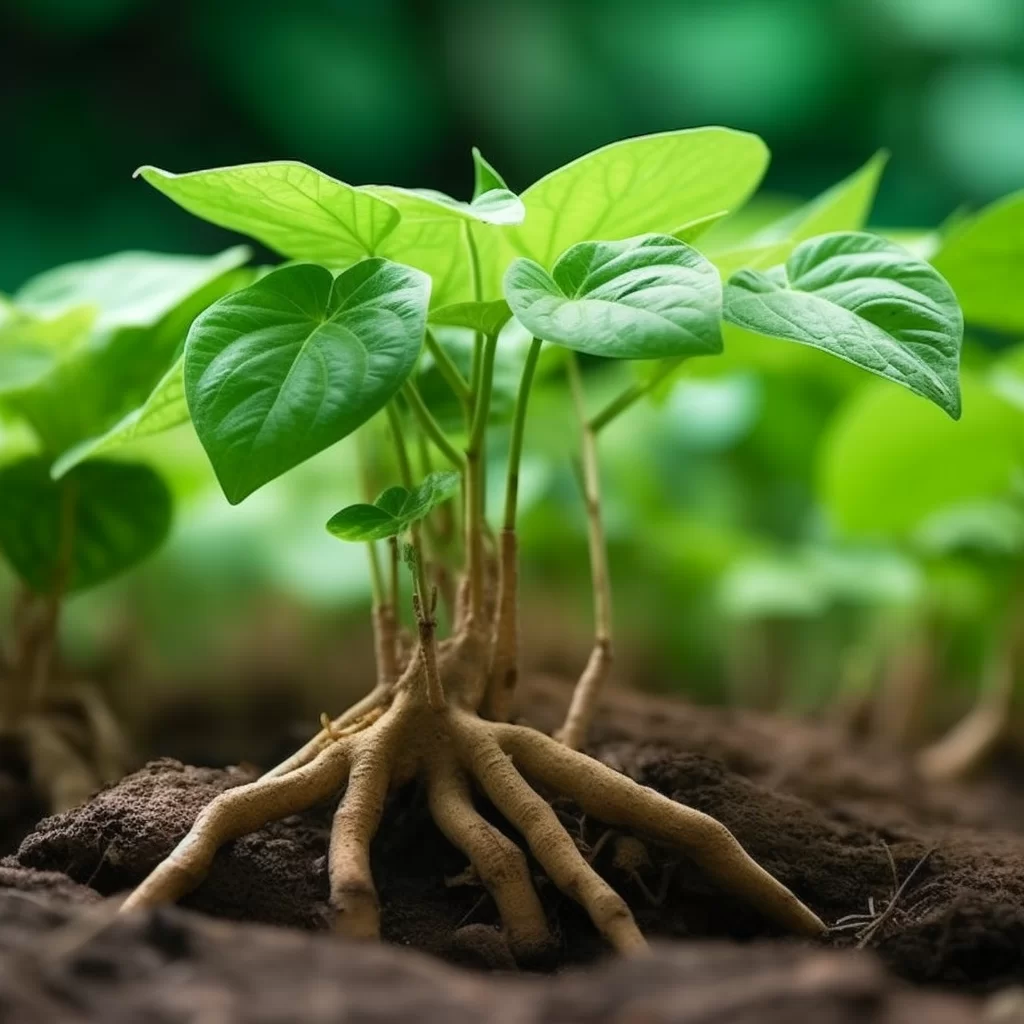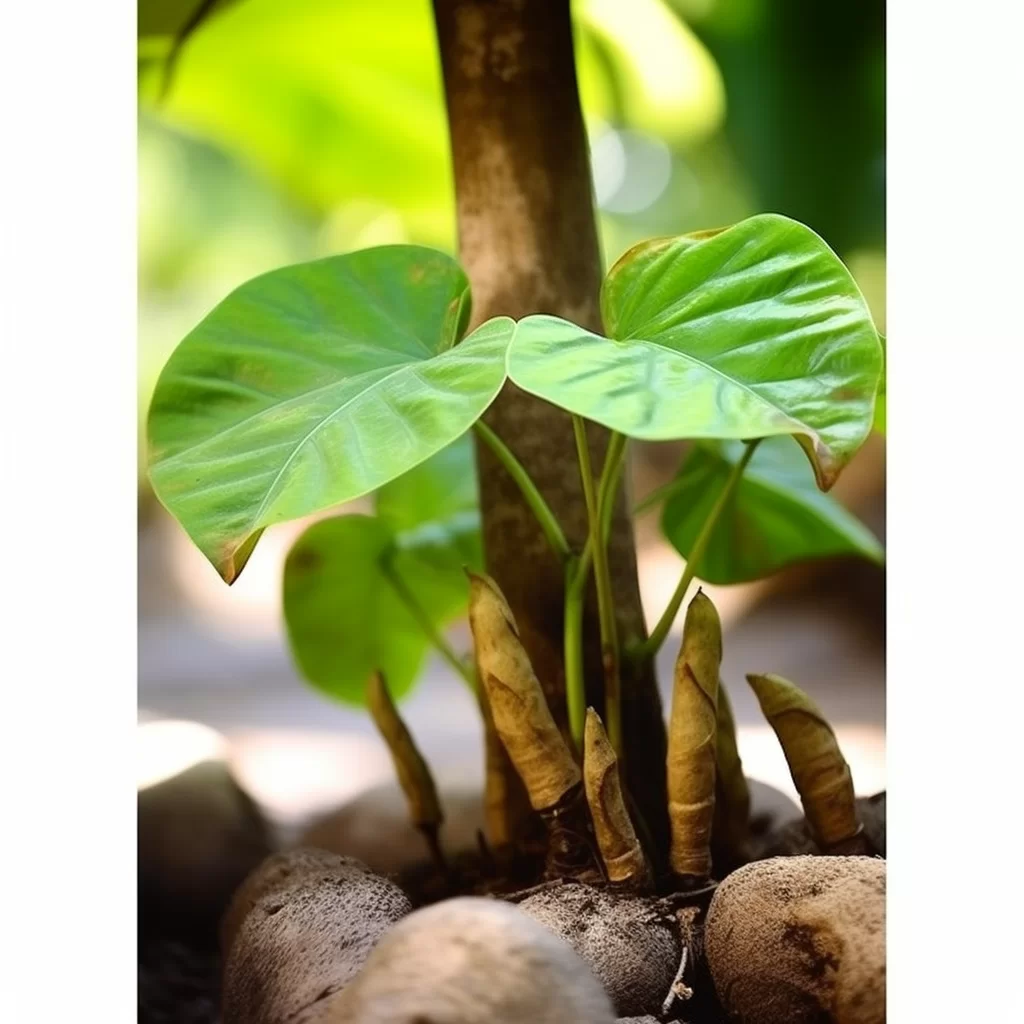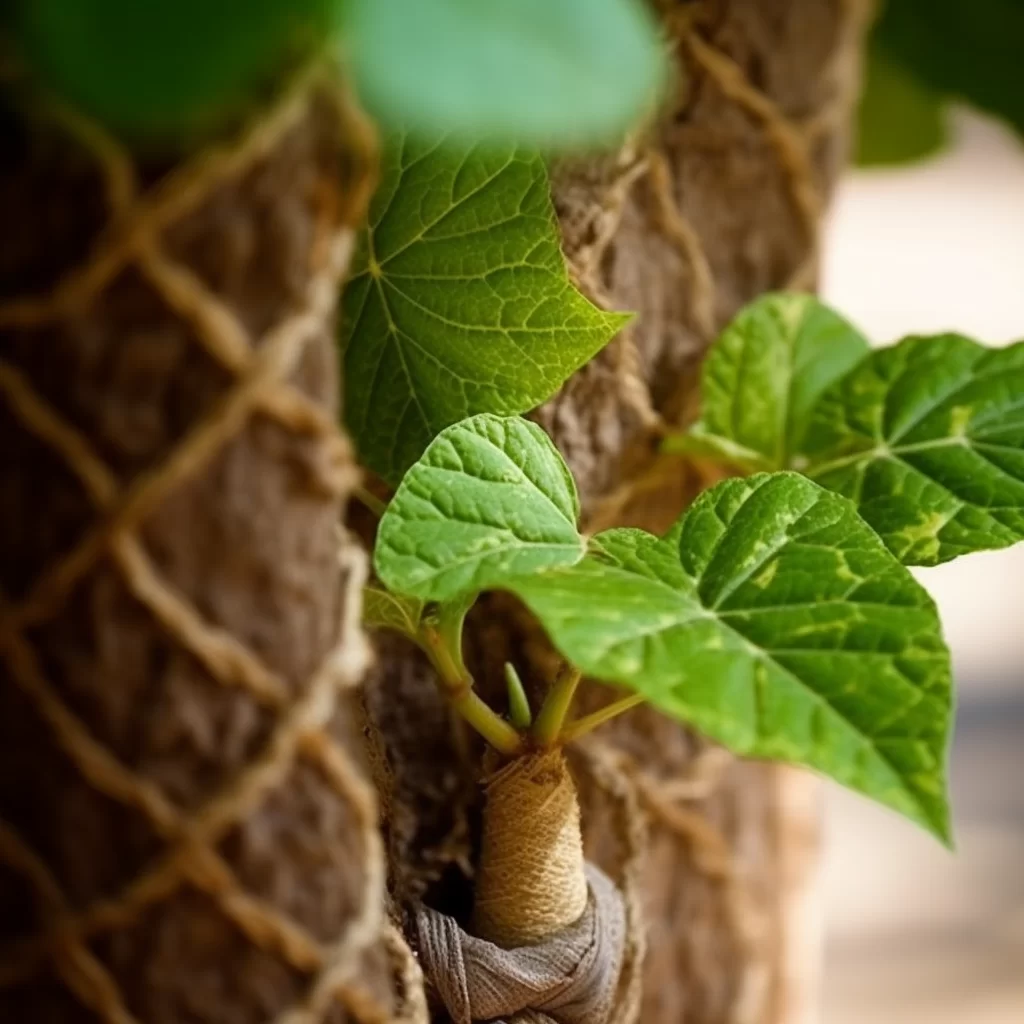Story of Day :
Contents
The Complete Guide and Care Tips for Growing Yam Plant
Are you looking to grow yam plant in your garden? Then you are in the right place.
Yam is a root vegetable that is easy to grow and provides a good source of carbohydrates, fiber, vitamin C, and potassium.
In this article, we will provide you with a complete guide on how to grow yam plant successfully.
What is Yam Plant?
Yam plant is a tuberous crop that belongs to the Dioscoreaceae family.
It grows in tropical regions around the world, including Asia, Africa, and South America.
Its scientific name is Dioscorea spp., and it has many common names such as sweet potato yam or true yams.
Types of Yam Plant
- African Yam: This type of yam has rough skin with either white or yellow flesh inside.
- Chinese Yam: This type of yam has smooth skin with creamy white flesh inside.
- Water Yam: The skin color varies from gray-brown to dark brown while its flesh can be yellowish-white or pinkish-white depending on the variety

Growing Conditions for Yams
The ideal conditions for growing yams are:
- Climate: Yams require warm temperatures between 20-30°C (68-86°F) throughout their growth period.
- Sunlight: They need plenty of sunlight but also need some shade during hot summer days.
- Soil:You should choose well-drained soil full of organic matter with a pH range between 5.5 to 6.5.
- Spacing: Yam plants require plenty of space to grow, so keep a distance of at least one meter between them in all directions.
Planting Yam Plant
The best time to plant yam is during the spring or summer season, depending on your location’s climate.
Follow these steps to plant yam successfully:

- Select healthy seed tubers. Choose tubers with smooth skin and no signs of damage or disease.
- Cut the tuber into pieces. Each piece should have at least two buds or ‘eyes’ that will sprout into new plants.
- Cure cuttings for a few days in shade before planting
- Bury the cuttings in soil about 10-15cm deep.
Ensure that you place each cutting with its bud facing upwards while spacing them 15-20 cm apart.
.
Caring for Yam Plants
To ensure your yam plant thrives and produces bountiful yields, follow these care tips:
- Irrigation :Increase watering frequency as the growing roots demand water from soil regularly but avoid over-watering as it can cause root rotting diseases.
- Fertilizers :You should add organic matter such as compost regularly throughout your growing season.
You can also use nitrogen-rich fertilizers early on and switch to potassium-rich ones later when flowering begins.

Pests and Diseases of Yam Plants
Like every other crop, yams are susceptible to pests and diseases that can affect their growth and yield.
Some common yam pests and diseases include:
- Nematodes: These are microscopic worms that attack the roots of the plant, causing stunted growth.
Use nematicides or crop rotation to control them.
- Yam beetle: This pest feeds on the leaves of yam plants, causing defoliation and reduced yields.
Use insecticides or handpick them off the plants to control their population.
- Anthracnose disease :This is a fungal disease that affects both leaves and tubers.Avoid over-watering, keep your foliage dry by removing excess water from plant bed after each irrigation session, Cut off infected parts of vines

The Harvesting Process
The harvesting process starts when your plants have fully matured which takes at least six months after planting .
Follow these steps to harvest your yams correctly:
- Cut back on watering a few weeks before harvest time as this will help harden up the skin.
- Dig up small hills where they were planted with a spade fork .
Pull out all visible tubers.
In Conclusion
Growing yams in your garden is easy when you follow these tips and care instructions we have provided in this guide.You can now enjoy fresh homegrown Yams for any tasty recipe! By following these simple instructions above you will be able to grow an abundance of healthy & delicious Yam crop without any trouble.